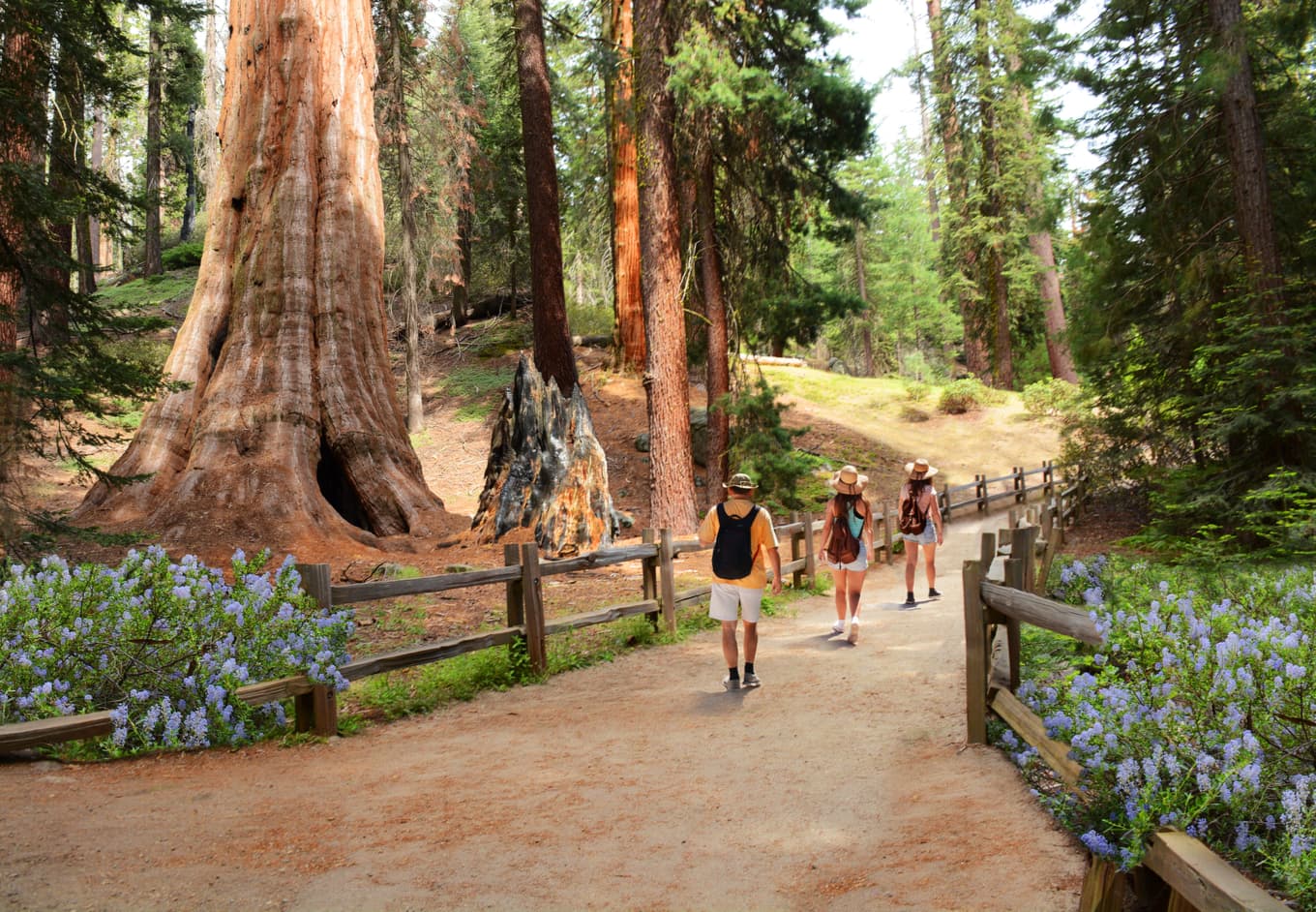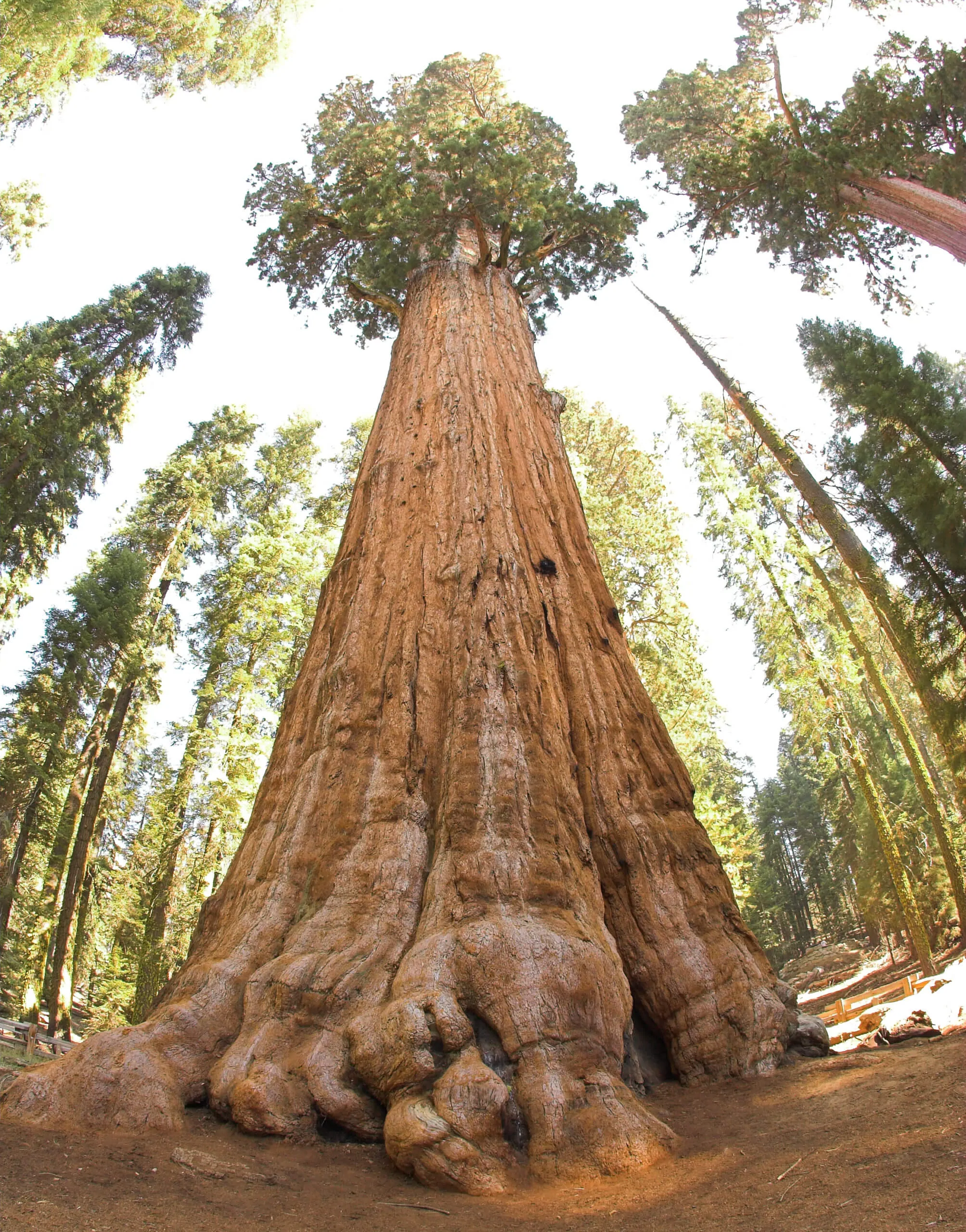Sequoia National Park Entrance Fee-- Expense of Admission and Passes
Sequoia National Park Entrance Fee-- Expense of Admission and Passes
Blog Article
Discover the Diverse Wildlife Habitats Within Sequoia National Park
Sequoia National Forest is an environmental treasure, showcasing an impressive variety of wildlife environments that add to its abundant biodiversity. From the magnificent gigantic sequoia forests to the diverse towering fields, each setting plays a vital duty in supporting different varieties, including both common and rare animals. The interplay of these habitats not just fosters a distinct environment however additionally underscores the significance of conservation efforts in keeping this equilibrium. As we check out the certain qualities of these environments, fascinating concerns emerge about the interconnectedness of life within this amazing landscape.
Overview of Sequoia National Forest
Sequoia National Park, snuggled in the southerly Sierra Nevada mountain variety of California, is renowned for its breathtaking landscapes and looming giant sequoias. Developed in 1890, it is one of the earliest national forests in the United States, committed to protecting the all-natural charm and eco-friendly stability of this unique area. The park encompasses over 404,000 acres of varied terrain, featuring majestic hills, deep canyons, and lavish meadows.

Visitors can explore various hiking tracks, varying from leisurely walks to difficult backcountry courses, each providing an one-of-a-kind viewpoint of the park's majesty. With its mix of natural wonders and recreational opportunities, Sequoia National forest works as a vital shelter for both wildlife and those looking for to link with nature.

Significant Wildlife Habitats
The varied landscapes of Sequoia National Park produce a mosaic of wildlife environments that support an abundant range of types. These environments vary from lush meadows and dense forests to rocky alpine zones and extensive river valleys, each providing distinct environmental niches.
One famous habitat is the large sequoia forest, characterized by looming trees and an abundant understory, which supports various animals, birds, and insects. The combined conifer forests, made up of species such as sugar pine and white fir, deal additional sanctuary and food sources for wildlife.
Meadows and meadows play a vital function in the park's environments, functioning as important foraging grounds for herbivores like deer and little creatures. These open areas likewise bring in varied bird types, specifically throughout movement seasons.
The park's higher altitudes include alpine habitats, where conditions are harsh and species are adapted to survive in such extremes (Sequoia National Park hour). Here, one can discover special plants and fauna that flourish in rocky, chilly environments
Flora and Animal Diversity
Within the varied ecosystems of Sequoia National forest, an amazing selection of plants and animals coexists, showcasing the elaborate relationships that maintain the park's biodiversity. The park is home to over 1,300 plant species, consisting of the renowned giant sequoias, which are amongst the largest and earliest trees on Earth. These marvelous trees provide essential environment and food sources for numerous wildlife, promoting a complicated internet of environmental interactions.
Pet varieties in Sequoia National forest are equally diverse, with environments varying from lowland foothills to high towering environments. Animals such as black bears, mule deer, and bobcats grow in this rich community, while bird varieties, consisting of the magnificent gold eagle and the evasive spotted owl, elegance the skies. Amphibians and reptiles, like the Sierra newt and the western rattlesnake, likewise play essential roles in maintaining environmental equilibrium.
The park's unique combination of altitude slopes and microclimates sustains these varied types, highlighting the relevance of maintaining the natural environments that enable such an abundant tapestry of life to grow. Comprehending this anonymous variety is critical for valuing the environmental value of Sequoia National Park.
Conservation Initiatives in the Park
Conservation initiatives in Sequoia National Park play an important function in securing its distinct ecosystems and the varied species that occupy them. The park employs a multifaceted technique, consisting of habitat repair, species checking, and intrusive types monitoring. These initiatives are vital for preserving the fragile equilibrium of the park's ecosystems, which include gigantic sequoias, fields, and towering settings.
Active reconstruction projects concentrate on improving indigenous plant areas and rehabilitating degraded habitats. Sequoia National Park hour. This is particularly crucial in areas influenced by human task or all-natural disturbances such as wildfires. The park's biologists carry out normal monitoring of key varieties, consisting of the endangered Sierra Nevada bighorn lamb, to examine populace health and wellness and notify monitoring techniques
Intrusive varieties position a considerable danger to the park's biodiversity. To battle this, park team apply elimination programs to manage or eliminate non-native plants and animals that interfere with neighborhood ecological communities. Public education and learning and area participation are likewise emphasized, as they foster a much deeper gratitude for conservation efforts. Through these comprehensive campaigns, Sequoia National Park aims to safeguard its rich all-natural heritage for future generations while guaranteeing the resilience of its diverse wild animals habitats.
Tips for Wildlife Observation
Observing wild animals in Sequoia National Park provides an unique possibility to get in touch with nature and value the diverse species that flourish in this remarkable environment. To optimize your wildlife monitoring experience, take into consideration a number of crucial suggestions.
Firstly, strategy your check out during very early morning or late mid-day, as these times are most active for lots of animals. Bring field glasses to observe wildlife from a risk-free distance without disrupting their natural habits. Furthermore, familiarize on your own with the types you want to see; understanding their habits and habitats can enhance your possibilities of identifying them.
Perseverance is vital; wildlife observation commonly needs waiting quietly and knowing your environments. Remain on designated routes to decrease your effect on the community and guarantee your security. It is also a good idea to maintain a considerate range from pets, staying clear of any actions that might stress them or interrupt their setting.
Lastly, take into consideration joining assisted tours led by knowledgeable park rangers. These professionals can give important understandings and increase your possibilities of observing wildlife in their natural setups. By adhering to these ideas, you can enrich your experience and contribute to the conservation of Sequoia's wild animals.

Conclusion
Sequoia National forest offers as an important sanctuary for varied wildlife, showcasing a remarkable selection of habitats that sustain many species. The interaction between large sequoia forests, combined conifer forests, meadows, and alpine areas promotes a rich environmental tapestry. Ongoing preservation efforts are vital for protecting these habitats and the unique plants and fauna that populate them. Eventually, the park's biodiversity emphasizes the value of keeping such natural landscapes for future generations.
Please visit one of our local supporters - Https://wholesaleliquidationpallet.com/shop/
Report this page